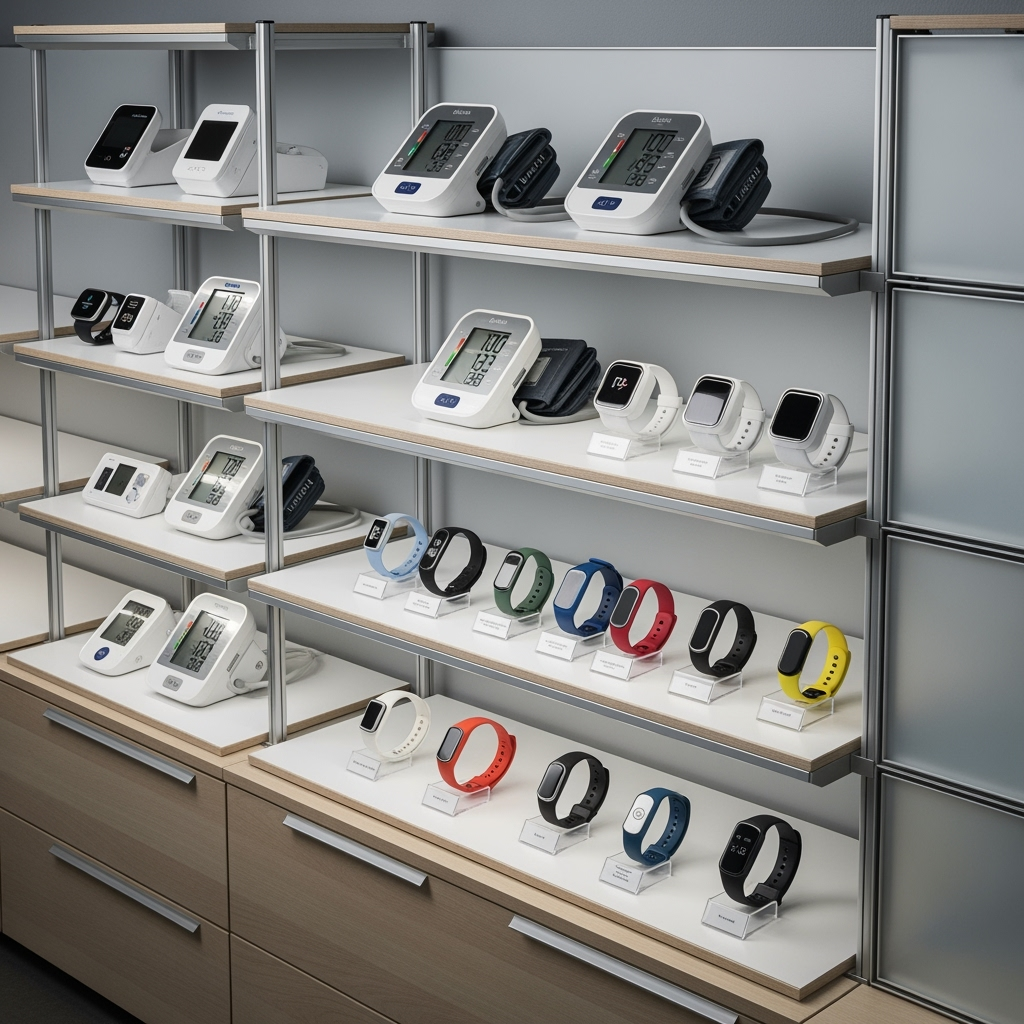Why Proper Storage Matters for Digital Health Monitoring Devices
As remote work becomes increasingly prevalent, many professionals are incorporating digital health monitoring devices into their daily routines. From smartwatches and fitness trackers to blood pressure monitors and sleep tracking devices, these valuable tools require proper storage and protection to maintain their accuracy and longevity.

Understanding Temperature-Sensitive Health Tech
Digital health monitoring devices often contain sensitive electronics and specialized sensors that can be affected by environmental conditions. Proper storage is crucial for maintaining their calibration and ensuring accurate health data collection. Here’s what you need to know about protecting your wellness tech investment.
Essential Storage Requirements for Health Monitoring Equipment
- Temperature control between 68-72°F (20-22°C)
- Humidity levels maintained at 40-50%
- Protection from direct sunlight and UV exposure
- Dust-free environment
- Proper ventilation
- Static-free storage containers

Optimal Storage Organization Tips
1. Create Dedicated Storage Zones
Designate specific areas for different types of devices:
- Daily-use devices (smartwatches, fitness trackers)
- Weekly monitoring equipment (blood pressure monitors)
- Backup devices and accessories
- Charging station area
2. Implement a Charging Management System
Organize your charging setup to prevent cable clutter and ensure all devices maintain optimal battery health:
- Use cable management solutions
- Label chargers and cables
- Implement a rotation schedule for battery-powered devices
- Keep backup charging equipment properly stored
Climate-Controlled Storage Solutions
For long-term storage or when managing multiple devices, consider these climate-controlled options:
Professional Storage Features
- Temperature monitoring systems
- Humidity control
- Air filtration
- Security features
- Easy access organization
Maintenance and Care Schedule
Establish a regular maintenance routine for your health monitoring devices:
- Weekly cleaning and sanitization
- Monthly calibration checks
- Quarterly battery health assessment
- Semi-annual storage organization review
- Annual professional maintenance
Emergency Preparedness
Create a backup plan for your health monitoring equipment:
- Keep backup devices readily available
- Store instruction manuals and warranty information
- Maintain a list of device serial numbers
- Have emergency contact information for technical support
Professional Storage Considerations
When to Consider Climate-Controlled Storage Units
- Managing multiple devices
- Storing expensive medical-grade equipment
- Long-term storage needs
- Limited home storage space
- Specific temperature requirements
Conclusion
Proper storage of digital health monitoring devices is essential for maintaining their accuracy and extending their lifespan. By implementing these storage solutions and maintenance practices, remote workers can ensure their wellness tech remains reliable and effective for long-term health monitoring.










Leave a Reply